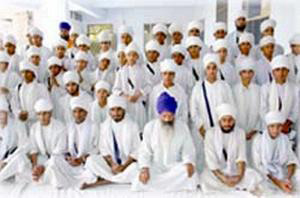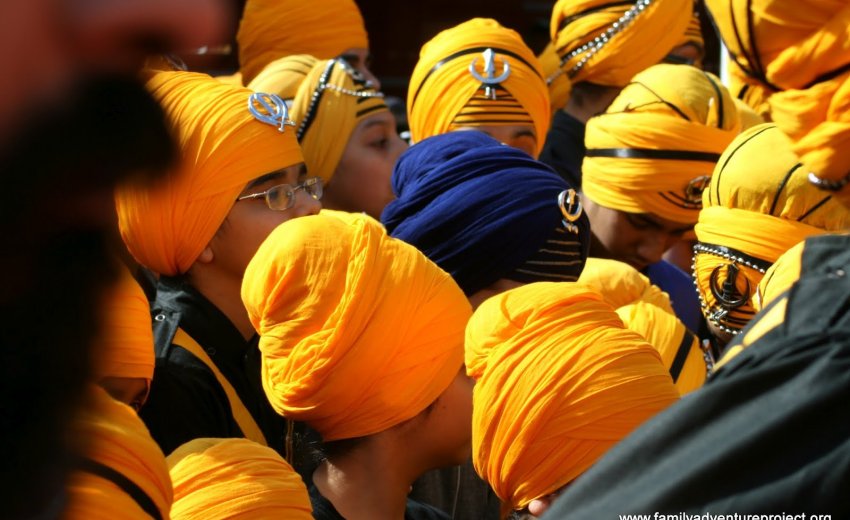 We have been getting reports that Punjab is lagging behind in education. Government schools are in bad shape. Teachers show little interest in imparting education and play truant. Many have fired proxy teachers to do their part of the job. Rural schools are in awful conditions; lack of buildings, and other infrastructure and even toilets and drinking water. Punjab is way behind in this respect. Students drop out and turn to drugs.
We have been getting reports that Punjab is lagging behind in education. Government schools are in bad shape. Teachers show little interest in imparting education and play truant. Many have fired proxy teachers to do their part of the job. Rural schools are in awful conditions; lack of buildings, and other infrastructure and even toilets and drinking water. Punjab is way behind in this respect. Students drop out and turn to drugs.
On the other hand education is fast turning to be a big business, a money spinner. Yet in between some public spirited persons are building up worthwhile institutions to flll the gap.
We have one such mission, the Kalgidhar Society. It is headed not by a semi-literate sant or baba, but by educated people, Iqbal Singh, a former Director Agriculture, and Dr. Khem Singh, a former vice chancellor Punjab Agriculture University, Ludhiana. Akal Academy, its educational wing, is a co-educational English medium public school affiliated with the Central Board of Secondary Education (CBSE), the largest educational board of government of India.
Akal Academy is the vision of Sant Attar Singh (1866-1927), who was a votary of modern scientific education duly tempered with spirituality especially accessible to the rural folks who have no such facilities. Sant Attar Singh inspired Sant Teja Singh (1877-1965), the former Principal of Khalsa College, Amritsar (1904-1906) to acquire the most modern scientific education from the West (1906-1913). After coming back to India with rich experience of Western education, Sant Teja Singh started searching for a suitable place to set up an institution to fulfill the vision of Sant Attar Singh. Finally with the help of Iqbal Singh, he bought land in Baru, a village in Himachal Pradesh. Sant Teja Singh entrusted the responsibility of managing and developing the activities at Baru Sahib to him. In due course, roads were built; vehicles began to ply and by 1975, six rooms were constructed.
Finally in 1987-88, the Akal Academy had its beginning with just five students. Over the years, the academy grew at an incredible pace to its present size. It is now an 11-storey building and has 1538 boys and girls on its rolls. Of these, 200 are overseas students; 100 from the US alone. 350 students are getting free education. A few of them belong to those families of the survivors of 1984 carnage, who have not yet been settled, children of martyrs of Punjab, children from underprivileged communities (Vanjara) in Maharashtra, Karnataka and Andhra Pradesh besides Nanak Panthis from Uttar Pradesh.

